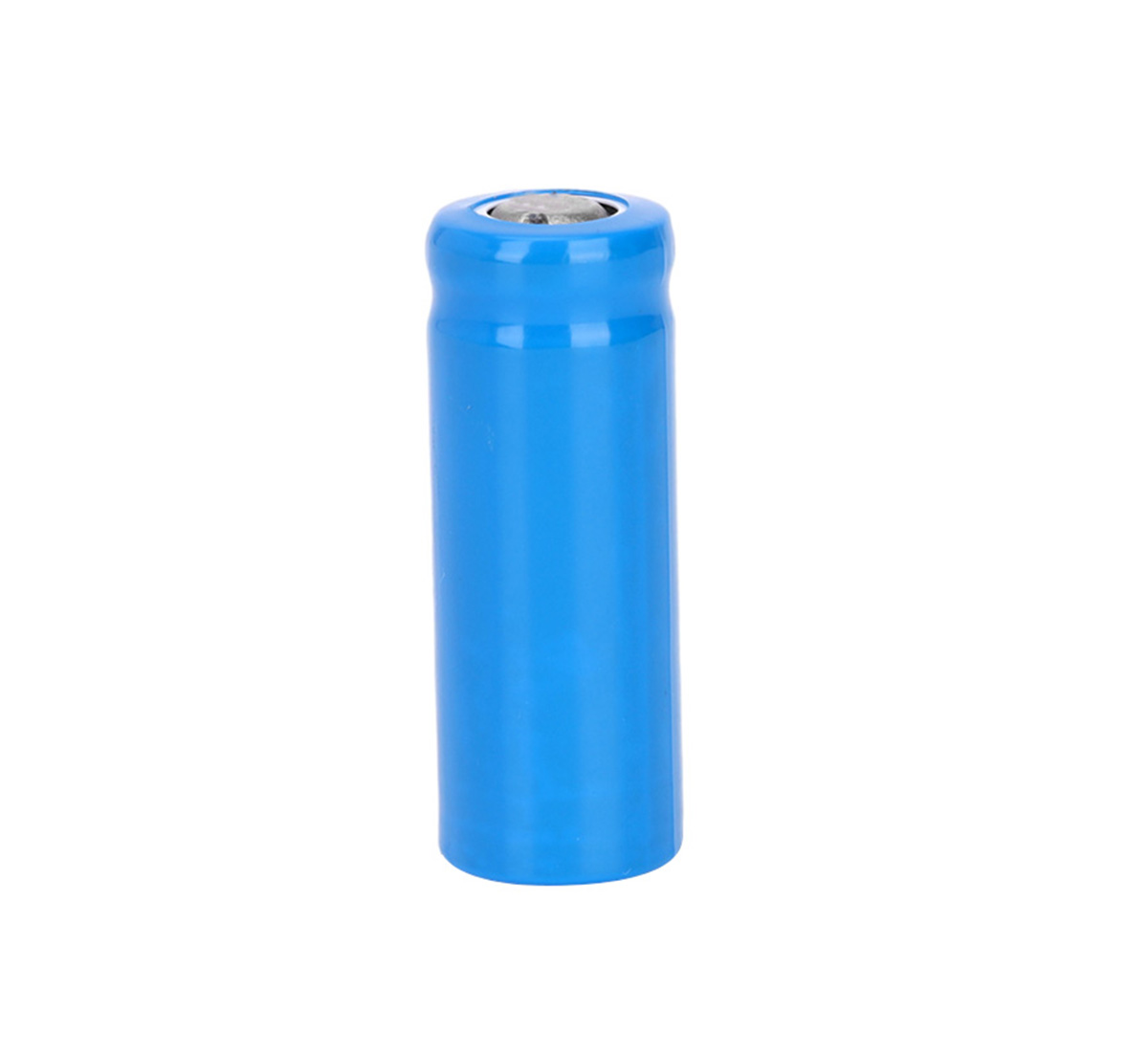Time:2024-03-11 Preview:1 source:News

With the advantages of stable voltage, reliable power supply, and easy movement, it is widely used in power plants, substations, communication systems, electric vehicles, aerospace and other sectors. Batteries mainly include ordinary lead-acid batteries
Batteries have the advantages of stable voltage, reliable power supply, and ease of movement. They are widely used in power plants, substations, communication systems, electric vehicles, special aerospace and other departments. There are three main types of batteries: ordinary lead-acid batteries, alkaline cadmium-nickel batteries and valve-regulated sealed lead-acid batteries. Due to problems such as short service life, low efficiency, complex maintenance, and acid mist pollution to the environment, ordinary lead-acid batteries have a very limited scope of use and have been gradually eliminated by valve-regulated sealed lead-acid batteries. The valve-controlled sealed lead-acid battery adopts a sealed structure as a whole. There is no gas expansion or electrolyte leakage like ordinary lead-acid batteries. It is safe and reliable to use and has a long life. There is no need to detect the electrolyte and adjust the acid and add water during normal operation. Also known as maintenance-free battery. It has been widely used in postal and telecommunications, ship transportation, emergency lighting and many other fields. The characteristics of alkaline nickel-cadmium batteries are small size, high discharge rate, simple operation and maintenance, and long life. However, due to its low cell voltage, easy leakage, high cost, and easy pollution to the environment, its use is restricted. At present, it is mainly used Used in power tools and various portable electronic devices. Ordinary lead-acid batteries are mainly composed of plate groups, electrolytes and battery tanks. Both the positive and negative plates are composed of grids and active materials. The active material on the positive plate is brown lead dioxide (PbO2), and the active material on the negative plate is dark gray sponge-like pure lead (Pb). The electrolyte is made up of distilled water (H2O) and pure sulfuric acid (H2SO4) in a certain proportion. During the charging process, the electrolyte reacts chemically with the active materials on the positive and negative plates, thereby converting electrical energy into chemical energy and stores it; during the discharge process, the electrolyte also reacts chemically with the active materials on the positive and negative plates. , convert the chemical energy stored in the battery into electrical energy to supply the load. In order for the chemical reaction to proceed normally, the electrolyte must have a certain concentration. The battery tank is a container for the plate group and electrolyte. It must have good acid resistance, insulation performance and high mechanical strength.
When a load is connected between the positive and negative plates of the battery, the battery discharge process begins. At this time, the potential of the positive plate decreases and the potential of the negative plate increases. The active materials (PbO2 and Pb) on the positive and negative plates are continuously converted into lead sulfate (PbSO4). The sulfuric acid in the electrolyte gradually changes into water. The specific gravity of the electrolyte Gradually decreases, thereby increasing the internal resistance of the battery and reducing the electromotive force. If a DC power source with an output voltage higher than the battery terminal voltage is connected between the positive and negative plates of the battery, the battery charging process begins. At this time, the potential of the positive plate increases due to the accumulation of positive charges, and the potential of the negative plate decreases due to the accumulation of negative charges. The PbSO4 on the positive plate gradually turns into PbO2, and the PbSO4 on the negative plate gradually turns into sponge-like Pb. At the same time, the synthesis of H2SO4 in the electrolyte gradually increases, the water molecules gradually decrease, the specific gravity of the electrolyte gradually increases, and the battery terminal voltage also continues to increase.
Related suggestion: